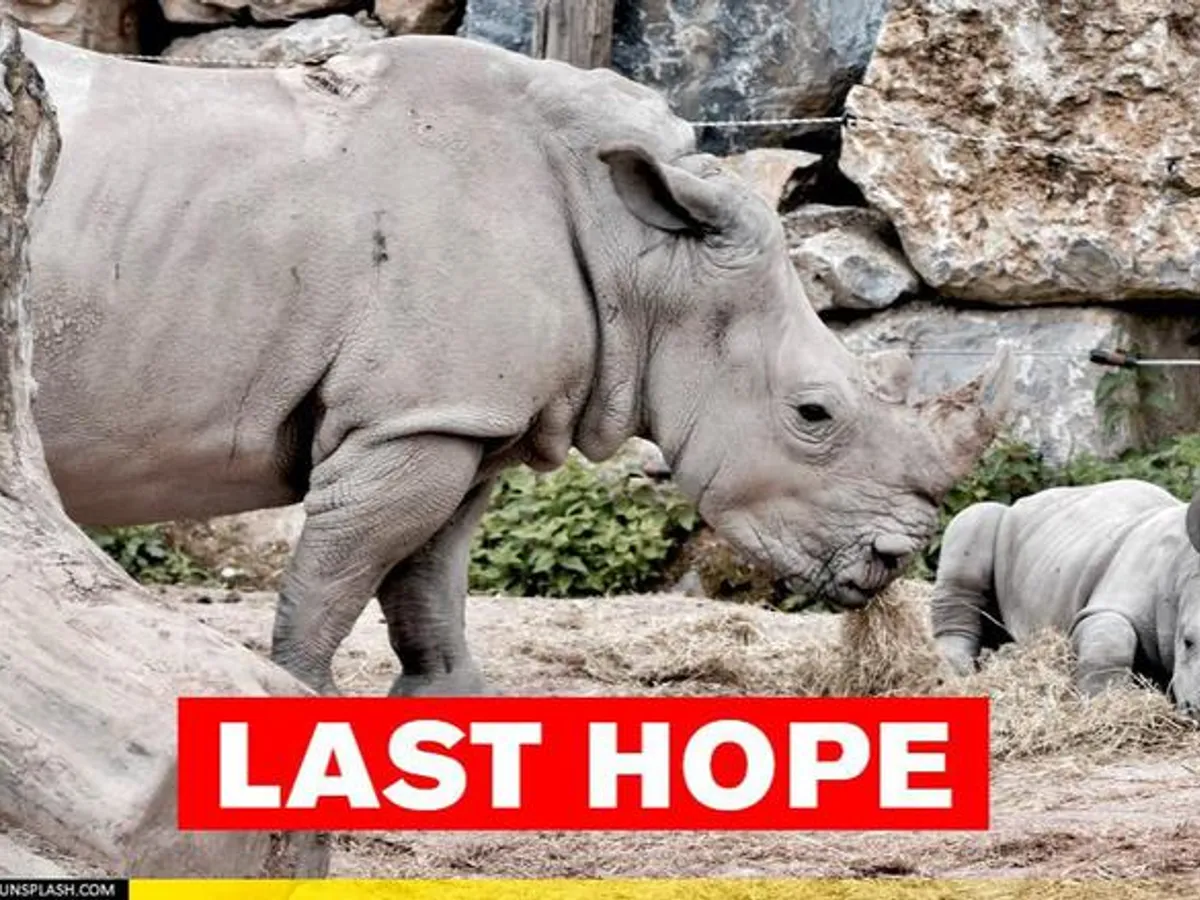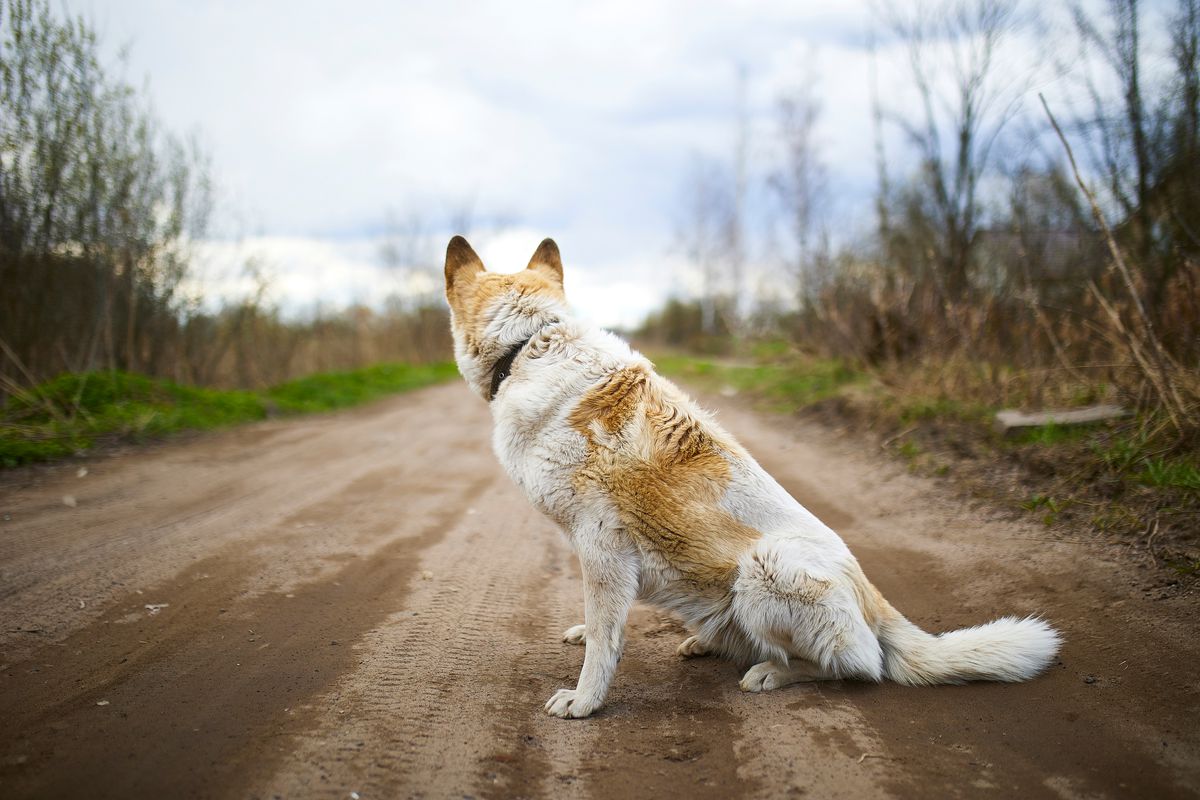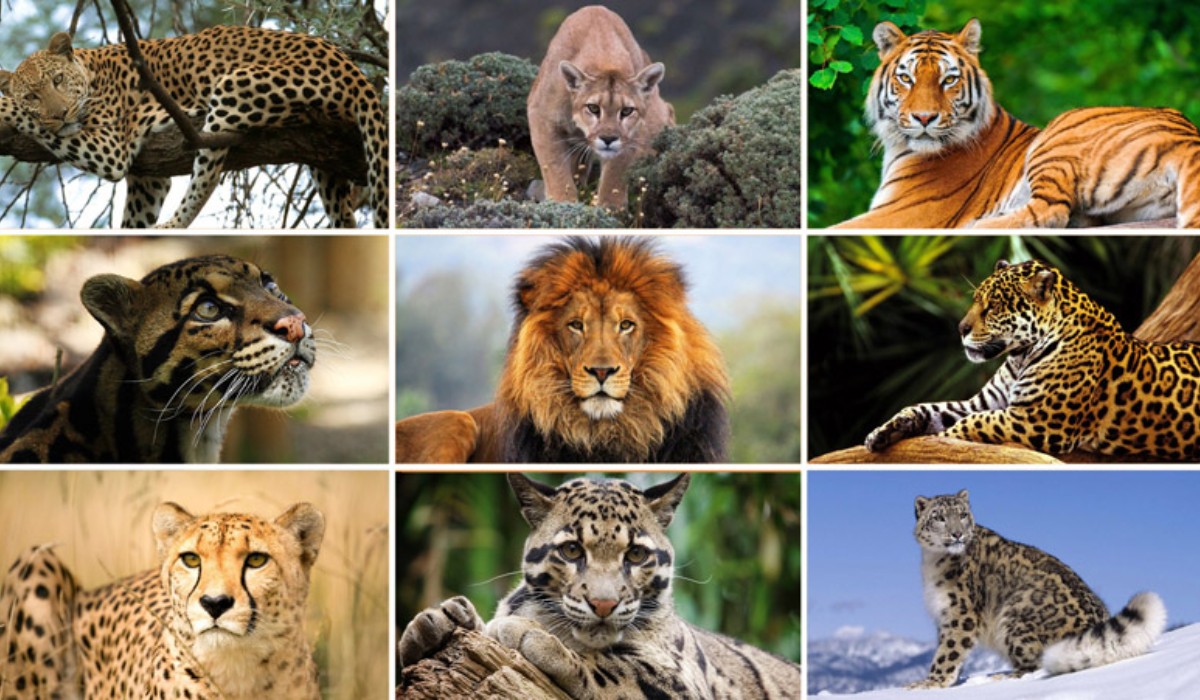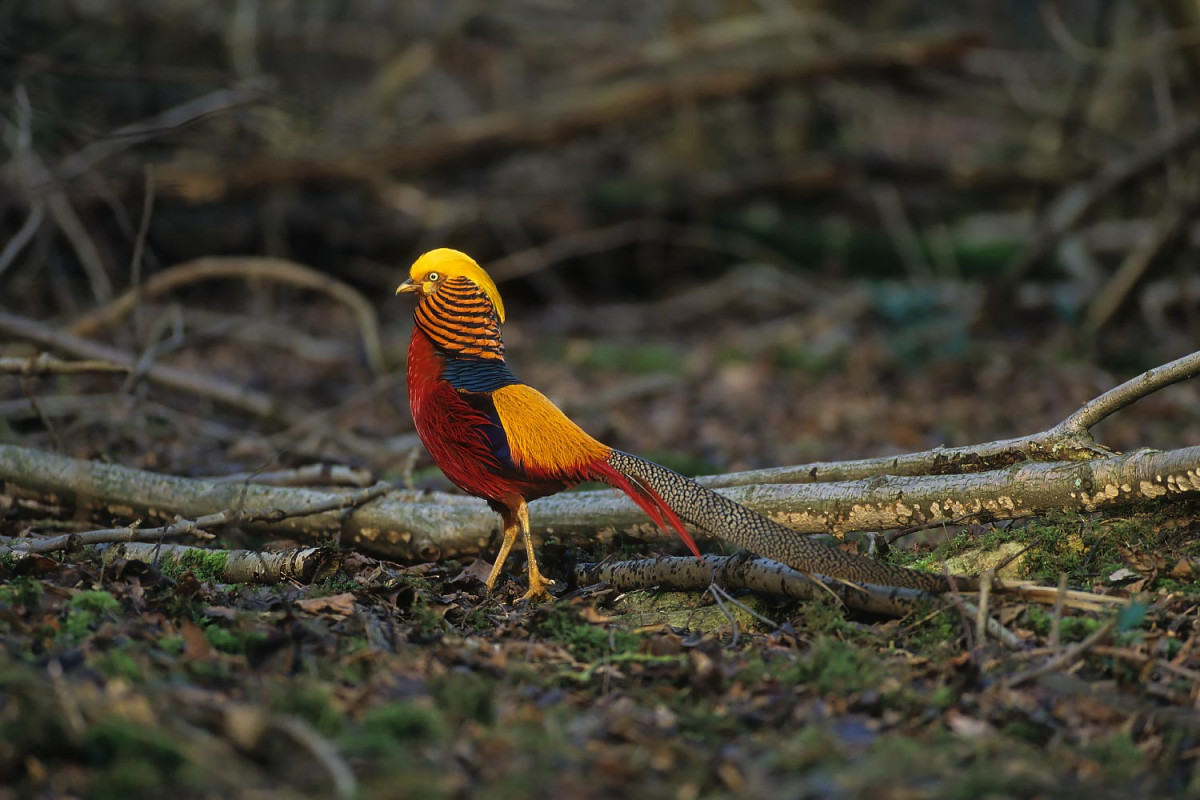5 Species That Went Extinct This Year
Climate change has been making a radical impact on the planet with every year, a host of species vanishing from the earth. This year too, we lost a few. Here’s a list.
Climate change has accelerated the decline of the world’s biodiversity over the last few decades. The planet, which houses vast stretches of oceans and forests, diverse flora and fauna, is now at constant risk to save its biodiversity.
Ivory-Billed Woodpecker

The ivory-billed woodpecker is a possibly extinct woodpecker that is native to the bottomland hardwood forests and temperate coniferous forests of the Southern United States and Cuba.
Although it was considered possibly extinct, this bird is native to the bottomland hardwood forests and temperate coniferous forests of the southern United States and Cuba, but it has been officially announced to be extinct this year. They used their enormous white bill to strip bark from dead standing trees, adhering to the title ‘weaver’.
Spix’s Macaw
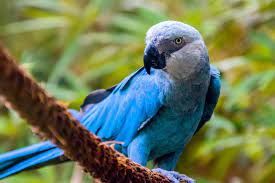
Spix’s macaw, also known as the little blue macaw, is a macaw species that was endemic to Brazil. It is a member of tribe Arini in the subfamily Arinae, part of the family Psittacidae.
Its vivid blue colour stood out in the tropical rainforests of the Amazon. Habitat destruction and illegal trapping and trade are the reasons for the Spix Macaw‘s population.
Splendid Poison Frog

The splendid poison frog is an extinct species of poison dart frog that was endemic to the eastern end of Cordillera de Talamanca, western Panama. Its natural habitats are humid lowland and montane forests.
This tiny red animal, from Panama, was highly involved in the pet trade and regular capture. This species was considered to be endangered for a decade and one of the main drivers for the decline was a disease called chytridiomycosis.
Smooth Handfish

The smooth handfish is a possibly extinct species of handfish in the genus Sympterichthys. It was endemic to waters off the coast of Tasmania, mainly the D’Entrecasteaux Channel. This led to the scientific manifestation of the seafloor not being safe from the extinction crisis.
Jalpa False Brook Salamander
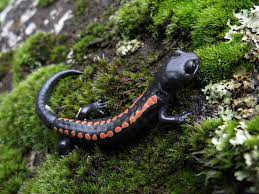
It used to be a relatively common species in its range, but habitat loss due to logging and livestock farming caused the population to dramatically decrease. The last known sighting occurred in 1976.
It’s a vivid black colour animal with orange shades. Females used to guard their clutch of eggs in highlands and only lived in the Jalapa region. Lodging and deforestation was the major cause for the extinction of this species







